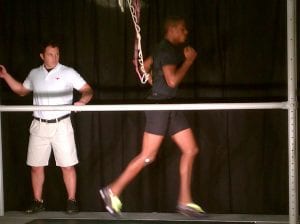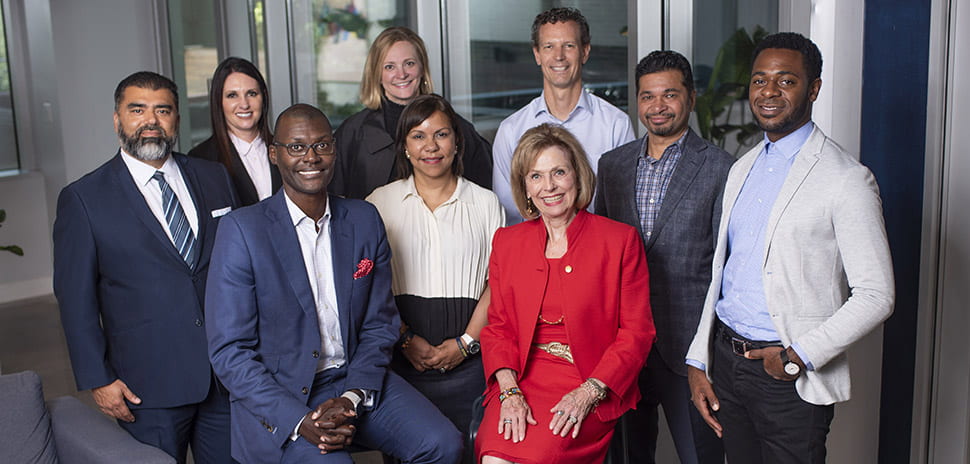Dr. Corey Brady, Simmons Assistant Professor and one of the newest members of SMU’s Technology Enhanced Immersive Learning (TEIL) research cluster, will speak at the National Autonomous University of Mexico (UNAM)’s Institute of Applied Sciences and Technology, in their speaker series, Experiences from the Classroom of the Future.
Dr. Brady, who is fluent in Spanish, will deliver his talk, A vision of STEAM: Constructing powerful ideas through participatory activities, in Spanish.
The UNAM is the largest public university in Latin America, and a center for STEM and STEM Education research. The prestigious invitation to speak at the Experiences in the Classroom of the Future 2023 seminar came from the Continuing Education Network of the UNAM and the Network of Classrooms of the Future.
Brady will present in a live webinar on August 25 at 11 a.m. CST which will be transmitted on the Aula del Futura channel on YouTube.






